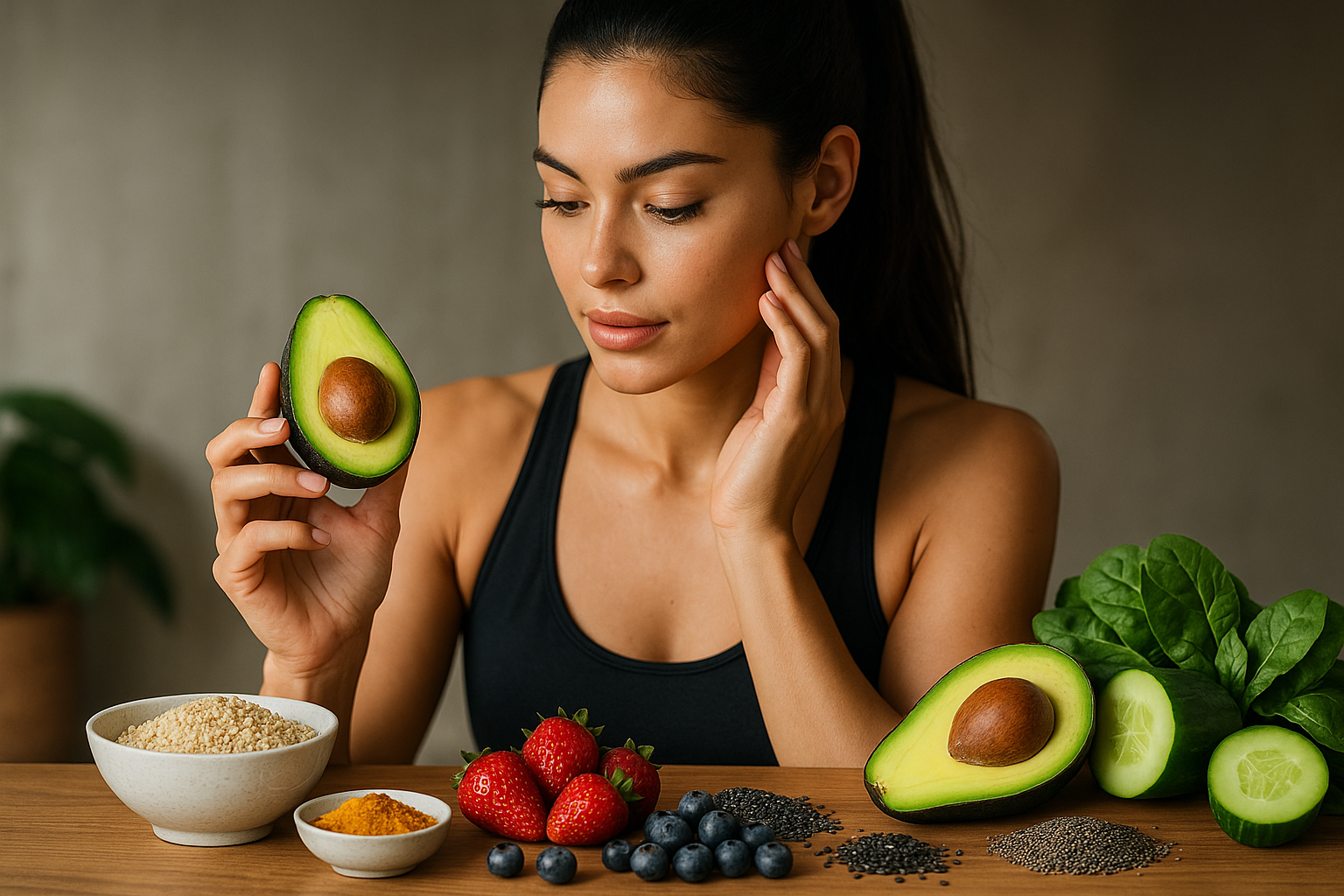Simple Cooking Tips to Preserve Liver-Beneficial Nutrients
Small changes in kitchen technique can help retain nutrients that support liver function and overall nutrition. This brief teaser highlights practical steps—gentle heat, minimal water use, careful timing of herbs and oils, and mindful food pairings—to preserve antioxidants, glutathione precursors, fiber, omega fats, and hydration benefits for metabolic wellness.

Cooking alters the nutrient profile of foods in ways that can either reduce or make nutrients more available to the body. Practical choices in the kitchen—gentle heat, reduced water exposure, timed additions of herbs and oils, and combinations that aid absorption—help protect compounds that support liver function, such as antioxidants and glutathione precursors. These same practices also preserve fiber from vegetables, fruits, nuts, and wholegrains and protect omega fats that are sensitive to heat and oxidation while supporting overall nutrition and metabolism.
This article is for informational purposes only and should not be considered medical advice. Please consult a qualified healthcare professional for personalized guidance and treatment.
How does gentle cooking support detox and antioxidants?
High heat and long cooking times can degrade heat-sensitive antioxidants like vitamin C and some polyphenols, which play roles in detox-related pathways. Use steaming, blanching, or gentle sautéing to shorten exposure to high temperatures and limit oxidation. Cover pans to trap steam and reduce cooking time; add delicate ingredients near the end. Finishing dishes with fresh herbs or citrus restores cold-sensitive antioxidants. These small adjustments help maintain the antioxidant content of meals and support natural detoxification processes without sacrificing flavor.
Which methods protect glutathione precursors and metabolism?
Glutathione is made in the body from amino acids found in lean protein sources and sulfur-rich vegetables. Preserve these precursors by avoiding prolonged high heat on proteins—opt for poaching, gentle baking, or quick searing followed by finishing at lower temperatures. For cruciferous vegetables, chop and rest them briefly before cooking to activate enzymes that can enhance beneficial compounds. Light steaming or quick stir-frying retains nutrients while supporting metabolic pathways involved in detox and energy regulation.
How can I keep omega fats stable when cooking?
Omega-3 and other unsaturated fats oxidize when exposed to high heat, light, or repeated frying. To protect omega integrity, prefer raw or lightly cooked applications: add flaxseed, chopped walnuts, or cold-smoked fish to salads or finish warm dishes with a drizzle of oil. When cooking fish, bake at moderate temperatures or use gentle poaching rather than deep-frying. Store nuts and seeds in cool, dark places and grind flaxseed just before use to limit oxidation and preserve nutritional value for liver-supportive meals.
What tips help retain fiber in vegetables, fruits, wholegrains?
Fiber is robust but cooking can leach soluble components into cooking water. To retain fiber and the water-soluble nutrients that accompany it, use minimal water methods such as roasting, grilling, or steaming briefly. When boiling is necessary, reuse the cooking liquid in soups or sauces so soluble fiber and nutrients are not discarded. For wholegrains, consider soaking and simmering gently rather than rapid boiling; this maintains texture, slows digestion, and supports stable blood sugar and metabolic wellness.
How do herbs, nuts, and lean protein fit into liver-supportive cooking?
Herbs contribute antioxidants and aromatic compounds best preserved when added late or used raw. Lightly toasting nuts releases flavor but avoid burning them to prevent oxidation of fats; store them properly to maintain freshness. Prepare lean protein—chicken, fish, legumes—using moist-heat methods or moderate roasting to protect amino acids and reduce formation of oxidative byproducts. Combine lean protein with vegetables, nuts, and wholegrains in balanced plates to support nutrient variety, steady metabolism, and overall wellness.
Why is hydration and food pairing important for nutrient preservation?
Hydration matters both for bodily processes and in cooking technique: conserving cooking liquids preserves water-soluble vitamins and soluble fiber. Use minimal water, steam instead of prolonged boiling, or repurpose simmering liquid as broth to capture dissolved nutrients. Pair foods strategically—vitamin C–rich fruits or vegetables increase iron absorption from plant sources, while healthy fats enhance uptake of fat-soluble antioxidants. Thoughtful pairing and hydration-focused cooking improve nutrient availability and support digestion, absorption, and liver-related metabolic functions.
Conclusion Preserving liver-beneficial nutrients is achievable with modest changes in cooking: use lower heat, shorten cook times, limit water loss, introduce herbs and oils at appropriate times, and favor fresh, minimally processed ingredients. Emphasizing lean protein, a variety of vegetables and fruits, nuts, wholegrains, and stable sources of omega fats—prepared with these techniques—supports antioxidant availability, glutathione precursors, fiber retention, hydration, and overall nutrition for metabolic and liver wellness.




